In the heart of Quebec City, Aramis Biotechnologies is pioneering a new frontier in vaccine development. Following the closure of Medicago, and fortified by decades of research, the company is reimagining how the world produces vaccines—using plants instead of eggs or cell cultures. Their vision: a scalable, flexible, and eco-friendly biomanufacturing platform that could not only reshape pandemic preparedness, but also support innovations in fields as diverse as cosmetics, food, and cell-cultured meat.
We sat down with Frédéric Ors, CEO of Aramis Biotechnologies, at the Effervescence Forum in Montreal last week, to learn more about how this innovative “vegan” vaccine technology could help transform global health—and beyond. You can read our full interview in our sister publication MedicalExpo e-magazine for free.
Founded in 2023 and based in Quebec City, Aramis Biotechnologies is a Canadian biotechnology company specializing in plant-based vaccine production. Building upon more than two decades of research and Medicago’s scientific legacy, Aramis is developing a next-generation biomanufacturing platform that leverages the unique capabilities of plant cells to produce innovative vaccines.
READ ALSO
What Are Plant-Based Vaccines?
At its core, Aramis’s platform uses Nicotiana benthamiana, a wild relative of tobacco native to Australia, to produce virus-like particles (VLPs)—non-infectious mimics of viruses that stimulate an immune response. This plant-based system replaces the animal cells or fertilized chicken eggs typically used in traditional vaccine manufacturing.
“Seasonal flu vaccines are still primarily made using fertilized chicken eggs—a method developed in the 1940s. While it’s reliable and low-cost, it’s also outdated and resource-intensive,” explained Ors. “Plant-based systems offer a more modern, scalable, and sustainable alternative that could eventually replace egg-based production altogether. Starting with flu vaccines makes sense because the market is large, established, and in need of innovation.”
What makes Nicotiana benthamiana particularly suitable is its weakened defense response to stress, making it highly efficient at producing foreign proteins like hemagglutinin—the key antigen in flu vaccines. Unlike conventional systems requiring high biosafety, live animals, or expensive cell culture facilities, Aramis’s approach uses indoor vertical farming to grow these plants in a clean, controlled, and low-emission environment.
Inside the Factory: How It Works
The production process begins by engineering Agrobacterium—a bacterium used to deliver genetic instructions for the desired VLPs. These vectors are introduced into the plants through an advanced infiltration method:
“A robot dips the plants into a solution containing Agrobacterium carrying the gene for the flu protein. We apply a one-second vacuum to remove air from between the leaf cells. When the vacuum is released, the solution rushes in, and the bacterium enters the cells. Within six days, the leaves start producing large amounts of the target protein,” Ors explained.
The VLPs accumulate in the leaves, which are then harvested and purified using standard biotechnology techniques.
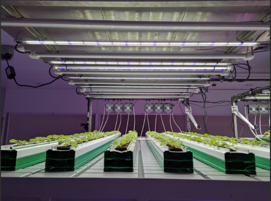
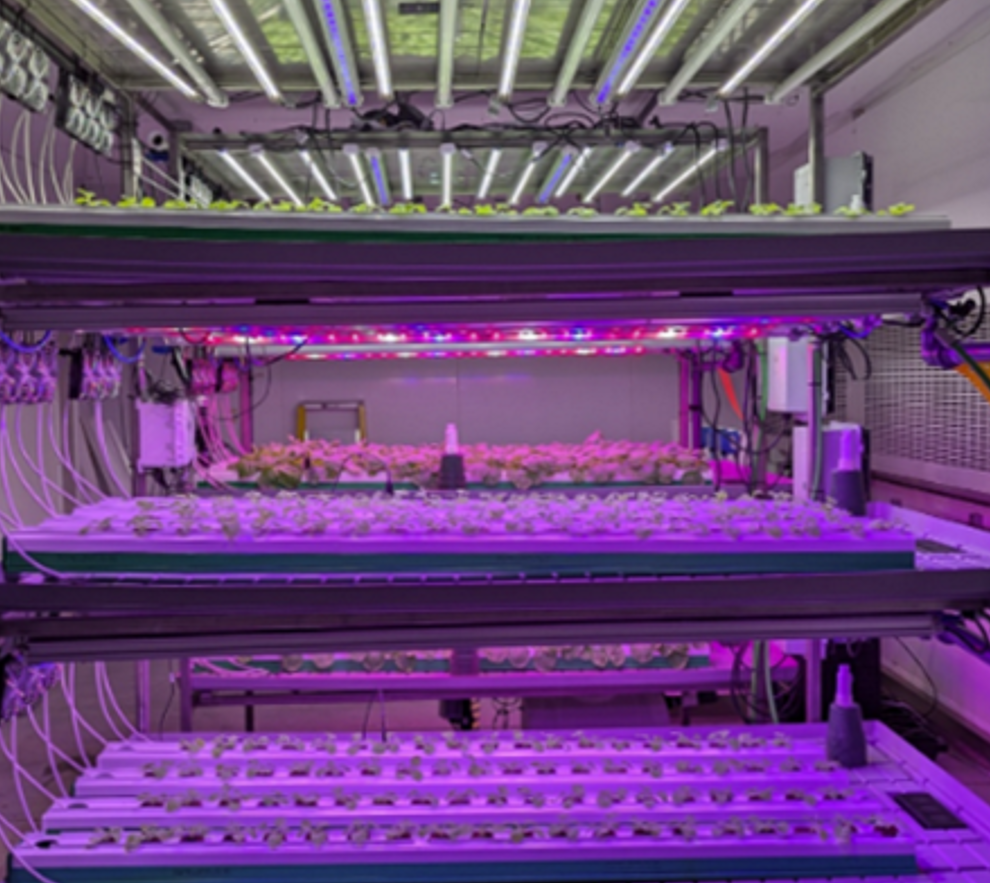

READ ALSO
Speed, Safety, and Sustainability
According to Mr. Ors, plant-based vaccines offer three major advantages: speed, safety, and sustainability. Indeed, they can be produced in as little as 20 days—comparable to mRNA vaccines—but with the added benefit of being protein-based, a well-established technology with a long safety track record.
“If it were H5N1, for example—which is a current global concern—we could move very fast. We’ve already completed Phase 2 trials with an H5 vaccine,” noted Ors.
Plant-based vaccines are also safer. Thanks to Medicago’s legacy, Aramis benefits from both a proven manufacturing facility and clinical data: over 55,000 people worldwide have received plant-based vaccines.
“Clinical trials have consistently shown that protein-based vaccines have a well-established safety profile. With plant-based vaccines, adverse effects are typically limited to mild, standard injection-site reactions,” Ors added.
By contrast, egg-based production can trigger allergic responses, and mRNA vaccines have been linked to stronger short-term side effects.
Additionally, plant-based production avoids the use of animal products and live viruses, aligning with vegan values and significantly lowering environmental impact. This method also boasts superior purity, with the ability to isolate the active ingredient to over 99%.
Another practical benefit: each plant grows in just 30 days and can yield hundreds of doses per leaf. When grown vertically, the protein yield per square meter far exceeds that of eggs or cell cultures.
“Plants are the most protein-productive organisms on Earth. You don’t need massive land areas or thousands of chickens. A single vertical farm can produce huge volumes.”
Vertical farming also allows for decentralized production in different climates. Moreover, harvested leaves can be frozen using industrial food-grade tunnels, allowing production and purification to be separated geographically and temporally.
“We can freeze the leaves after production—just like you’d freeze fruits—then purify them later. That’s a huge logistical advantage.”
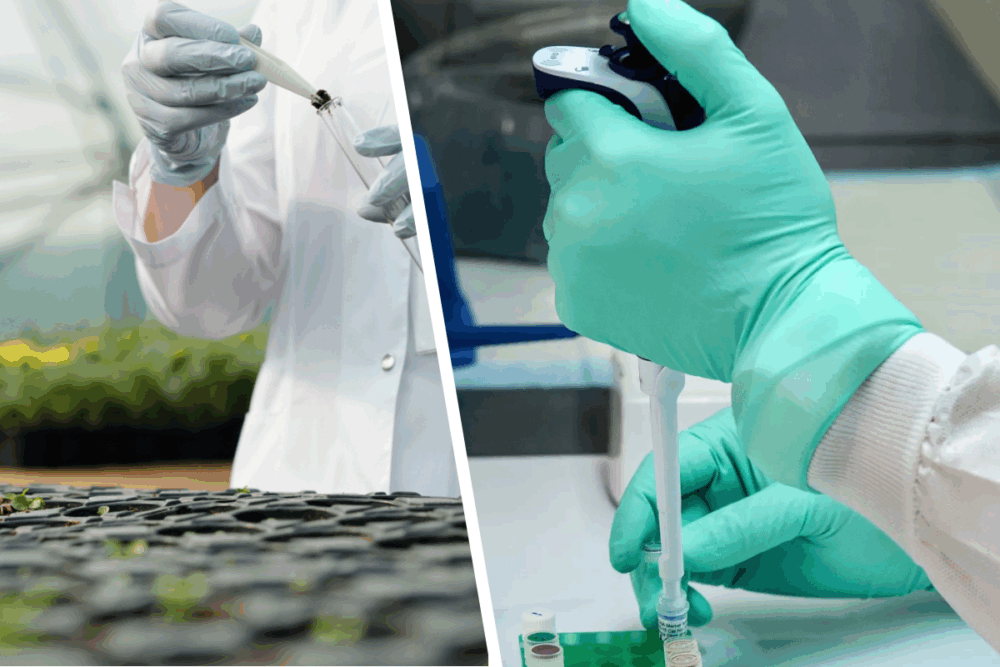
Beyond Influenza: Unlocking New Markets
While Aramis’s first commercial product is a plant-based flu vaccine, targeted for release by 2030, the technology’s potential spans numerous fields—from veterinary vaccines and industrial enzymes to cosmetics and agriculture.
“There’s also huge potential in personalized medicine—like antibody cocktails tailored to individuals, or proteins that can’t be made in animal cells due to toxicity. In food tech, companies working on cultured meat need proteins like human serum albumin, which is a production bottleneck today. Our plants could help solve that.”
Although egg-based vaccine production is currently the cheapest, Aramis believes it can match those costs—while eliminating the associated carbon emissions.
A Global, Scalable Model
From an industrial perspective, one of the most powerful aspects of Aramis’s technology, according to Mr. Ors, is its replicability. Because vertical farming and bacterial vector systems are relatively simple, local manufacturing capacity could be developed in many regions of the world.
“Today, we’re not quite there—but in ten years? Yes. Countries could partner with local firms and implement small-scale production. The leaf infiltration and vertical farming steps are easy to adopt, and purification is standard.”
Unlike egg-based production—which depends on large-scale poultry operations and strict biosafety conditions—plant-based systems offer a more democratic and decentralized model. This could be transformative for global vaccine equity. According to recent data, Africa currently produces less than 2% of the vaccines it consumes.
“Once a first product is approved and commercialized, many countries could realistically consider adopting this model. That’s a real game-changer for equitable access.”
Development and Commercialization Status
Aramis’s seasonal flu vaccine is currently in pre-clinical development, with plans to enter Phase I and II clinical trials in partnership with the Biologics Manufacturing Centre (BMC). The company aims for commercial launch by 2030.
Recognizing the importance of this platform, the Canadian government has committed $40 million through the Strategic Innovation Fund to support Aramis’s $80 million initiative to establish domestic vaccine manufacturing capacity and improve pandemic preparedness.
This type of vaccine could also gain unexpected traction among populations that remain skeptical of conventional vaccines—as seen during the COVID-19 pandemic and more recently with measles outbreaks in the United States.
Interested in biotechnology? Read our other story on French biotech companies
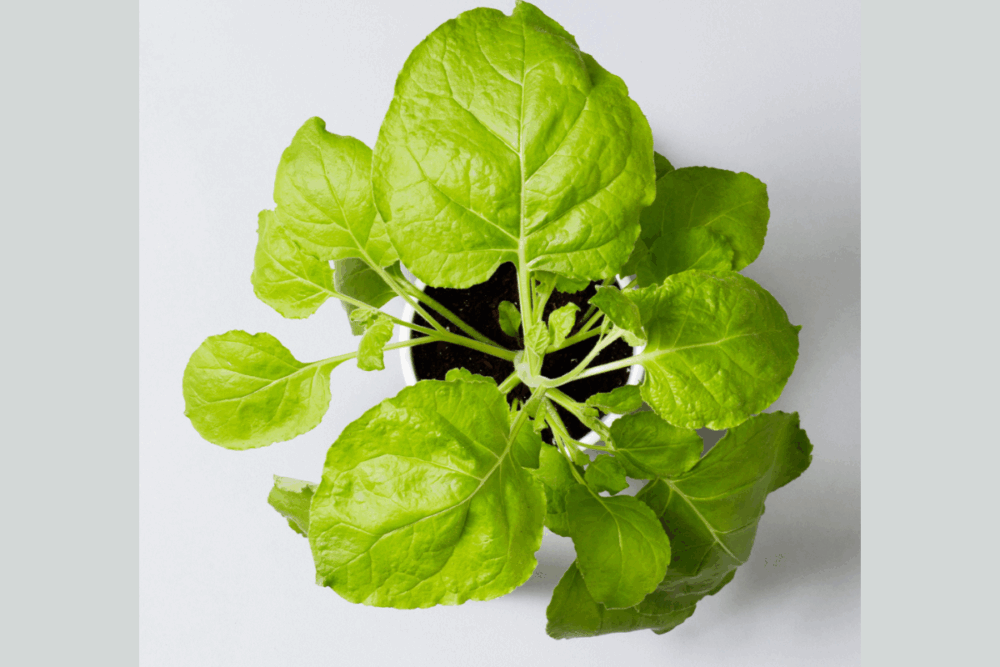


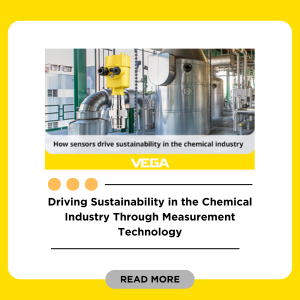

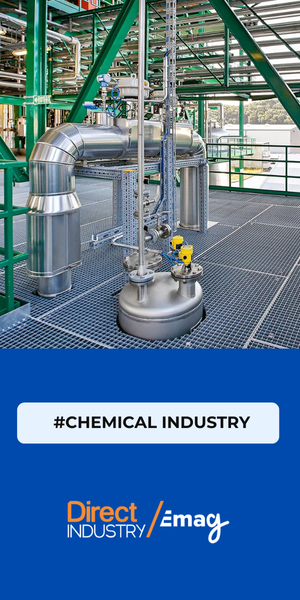
![Image [BUYING GUIDE] How to Choose the Right Industrial Robot?](/wp-content/uploads/sites/3/Industrial-Robot-320x213.jpg)

![Image [Buying Guide] How to Choose the Right Safety Shoes?](/wp-content/uploads/sites/3/Safety-Shoes-320x213.jpg)
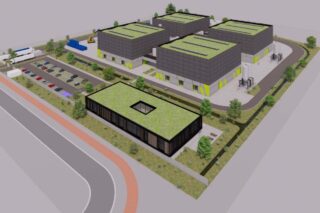

![Image [Buying Guide] How to Choose the Right AMR?](/wp-content/uploads/sites/3/AMR-320x213.jpg)